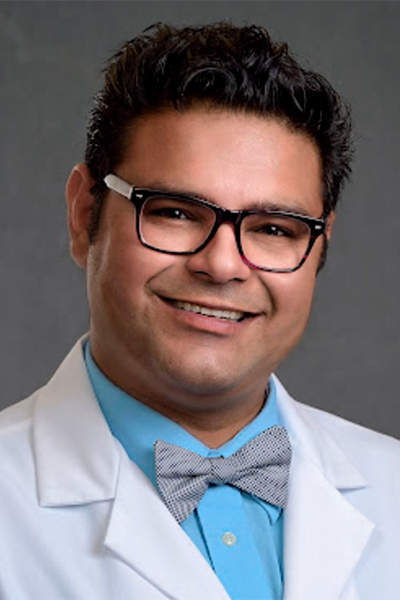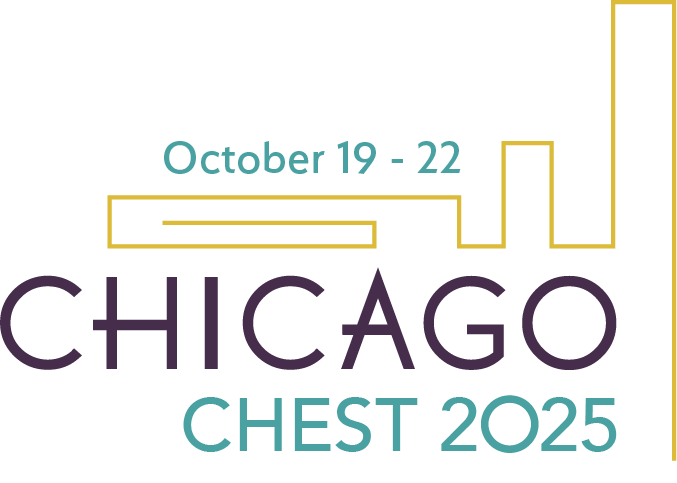An observational study found that proning patients with COVID-19 within 48 hours of initiation of mechanical ventilation improved mortality compared with similar patients who were not proned.

“There is a signal that proning patients with COVID-19 early after placing them on mechanical ventilation [is] beneficial,” said Viren Kaul, MD, FCCP, Chair of Medicine at Crouse Health and Assistant Professor of Medicine, OB/GYN, and Respiratory Therapy Education at Upstate Medical University. “The impact of prone positioning (PP) in [patients with COVID-19 who are invasively ventilated] remains a data-limited zone with discordant data regarding timing of PP. [There is] evidence of declining rates of PP compared to the higher utilization earlier in the pandemic. This study adds to the body of literature clarifying the optimal timing of PP in this patient population.”
The study, Effect of early and later prone positioning on outcomes in invasively ventilated COVID-19 patients with acute respiratory distress syndrome: analysis of the prospective COVID-19 critical care consortium cohort study, reviewed the global COVID-19 Critical Care Consortium database of patients with COVID-19 who required ICU care between January 2020 and February 2023. All patients had laboratory-confirmed SARS-CoV-2 infection upon ICU admission.
Investigators found a total of 3,131 patients who underwent mechanical ventilation and had positioning and final outcomes data. About half, 47%, were never proned, 33% were proned within 48 hours after beginning mechanical ventilation, and 20% were proned more than 48 hours after mechanical ventilation began. The primary outcome was all-cause mortality within 28 days of beginning mechanical ventilation. The secondary outcome was all-cause mortality within 90 days of beginning mechanical ventilation.
Patients who were proned within 48 hours after the start of mechanical ventilation had a hazard ratio (HR) of 0.82 for 28-day all-cause mortality (95% CI, 0.68-0.98; P = .0.029) and 0.81 for 90-day all-cause mortality (95% CI, 0.68-0.96; P = .017) compared with those who were never proned. Patients who were proned after 48 hours had no change in all-cause mortality at 28 or 90 days compared with those who were never proned.
When stratified by region, the benefit of early proning was seen only in high-income non-European countries, with an HR of 0.80 (95% CI, 0.67-0.96; P = .015) for all-cause mortality at 28 days and 0.82 (95% CI, 0.70-0.96; P = .015) for all-cause mortality at 90 days.
“The question is whether that decrease in mortality is attributable purely to the proning maneuver,” Dr. Kaul said. “Is proning independently helping them survive? This is an observational study, so you cannot draw direct causality. This needs further study.” However, timing is key. The earlier the better; don’t wait.
He also noted that other factors may also affect mortality, including the experience of individual centers with proning, severity of lung damage requiring mechanical ventilation, how sick patients were at the time of proning, missing data, and more.
There are also questions of safety.
Proning generally improves aeration in the lungs, improves oxygenation, and reduces shunting within the lungs. However, multiple studies of proning have produced inconsistent results in terms of mortality and other patient-centric outcomes. Additionally, the impact of PP in patients who are not mechanically ventilated is another area that needs further exploration.
A study done before the COVID-19 pandemic had demonstrated the benefits of PP in selected patients with severe ARDS. This was further reinforced by this observational study, which showed that earlier application of PP improves survival.
“What we have learned and have known is that ARDS is a very heterogeneous condition,” Dr. Kaul said. “With more studies, we are going to figure out which populations with ARDS and which different causes of ARDS may benefit from PP vs not. We have to take all the literature we have available and do what may work best for each individual patient.”
